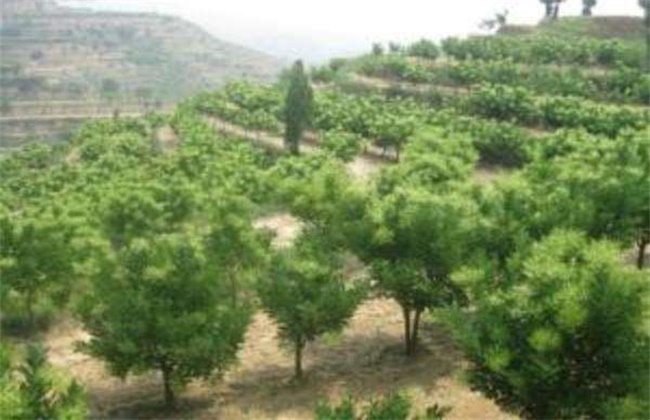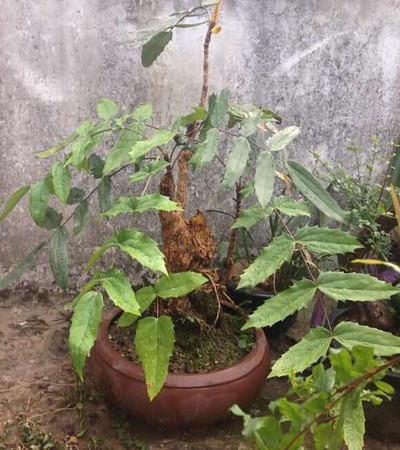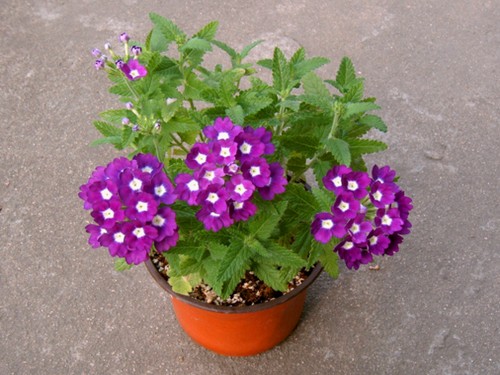Planting technique of Fructus Sophorae
Fructus Sophorae, alias Flos Sophorae, is the dried flower and bud of Sophora pseudoacacia, which is of high medicinal value. It has the effect of cooling blood and stopping bleeding, clearing liver and purging fire. It is mainly used to treat hematochezia, hemorrhoids, dysentery, headache and vertigo. At present, it is widely cultivated in our country, so how is Sophora japonica planted? Let's get to know it.

1. Land selection and preparation
Fructus Sophorae does not have high requirements for soil, it can be cultivated in places with deep soil layer, and can grow normally in lime soil and light saline-alkali soil, and the sandy loam with sunny, moist, deep, fertile and well-drained soil is the best. After selecting the land, it is necessary to turn 60 cm deep, fine rake flat and make the border, with a width of 70 cm. In the application of sufficient base fertilizer, 500kg of rotten organic fertilizer or 5kg of urea and 3000-4000 kg of farm manure are applied per mu, which are scattered on the border surface and mixed evenly with the soil.
2. Seed germination
Generally, the seeds can be collected from 10 to winter, and the seeds can be collected from the plants that have been growing for more than 30 years and are free from diseases and insect pests. The seeds are soaked in water after harvest, and then the pericarp is rubbed off to get the seeds. Soak it in 80 degrees hot water for 5-6 hours in early March, remove it and mix it with twice the sand, put it indoors, 20-25 cm thick, spread wet sand on top to prevent the seeds from being exposed, cover the seeds with a layer of plastic film, keep them warm and moisturizing, and promote the seeds to germinate. at the same time, they should be turned frequently to make the upper and lower seeds have the same humidity and germinate neatly, and the seeds can be sown when the seeds are 1/3 split.
3. Sowing and raising seedlings
Generally use field ridge sowing, sit ridge according to 50~65cm, open shallow ditch on ridge when sowing, ditch depth about 7 cm, apply base fertilizer after sowing, cover soil 5 cm, compaction. After sowing, we should pay attention to the application of soil, and at the same time, pay attention to the harm of seed flies. After the seedlings are completed, the seedlings are divided into 2-3 times, and the seedlings are fixed according to the plant spacing of 10-15 cm. From May to August, it is time for weeding in the field, keeping the nursery clean, paying attention to drainage and waterlogging prevention in the rainy season, digging seedlings and grading after falling leaves and before the land is frozen, pseudo-planting over the winter, and transplanting the following year.
4. Transplanting management
After the soil thawed in the next year, the annual seedlings were transplanted according to the row spacing of 70 × 40 cm, and the watering and fertilization should be carried out at the same time. Usually, after two years of cultivation, the large seedlings with a height of 1 meter were selected for planting in the third year, and the unqualified wheat was planted one year later. After planting, it is necessary to strengthen management, apply sufficient water and fertilizer, enhance plant disease resistance, and do a good job in pest control so as not to harm plant growth and development. The medicinal Fructus Sophorae can be obtained by harvesting the buds in summer, drying them in time, and removing branches, stems and impurities.
The above is the introduction of Huaimi planting technology, hope to help you, want to know more related knowledge, please follow us.
- Prev

Ten techniques of potted broad-leaf planting
The broad leaves are evergreen all the year round, elegant in shape, strange branches and leaves, beautiful flowers, yellow flowers, blue-purple fruit after maturity, beautiful pointed thorns in leaf shape and beautiful leaf color, which can be used for landscaping and indoor pot planting. Because of its wonderful branches and leaves, yellow flowers and purple fruits.
- Next

Planting method of Beauty Sakura
Beautiful cherry is a perennial herbaceous flower of Verbenaceae, which is often cultivated for one or two years. The plant is about 20 cm tall, the branches are extroverted, grape-shaped, the branches are densely flowered, the spikes are terminal, but the flowering parts are corymbose, the flowers are white, red, blue, snow blue, pink, etc., the florescence is from May to November, and the sex is very strong.
Related
- Fuxing push coffee new agricultural production and marketing class: lack of small-scale processing plants
- Jujube rice field leisure farm deep ploughing Yilan for five years to create a space for organic food and play
- Nongyu Farm-A trial of organic papaya for brave women with advanced technology
- Four points for attention in the prevention and control of diseases and insect pests of edible fungi
- How to add nutrient solution to Edible Fungi
- Is there any good way to control edible fungus mites?
- Open Inoculation Technology of Edible Fungi
- Is there any clever way to use fertilizer for edible fungus in winter?
- What agents are used to kill the pathogens of edible fungi in the mushroom shed?
- Rapid drying of Edible Fungi

